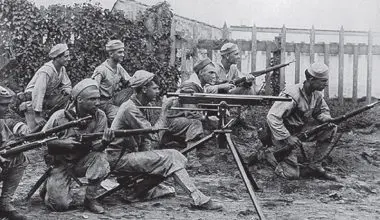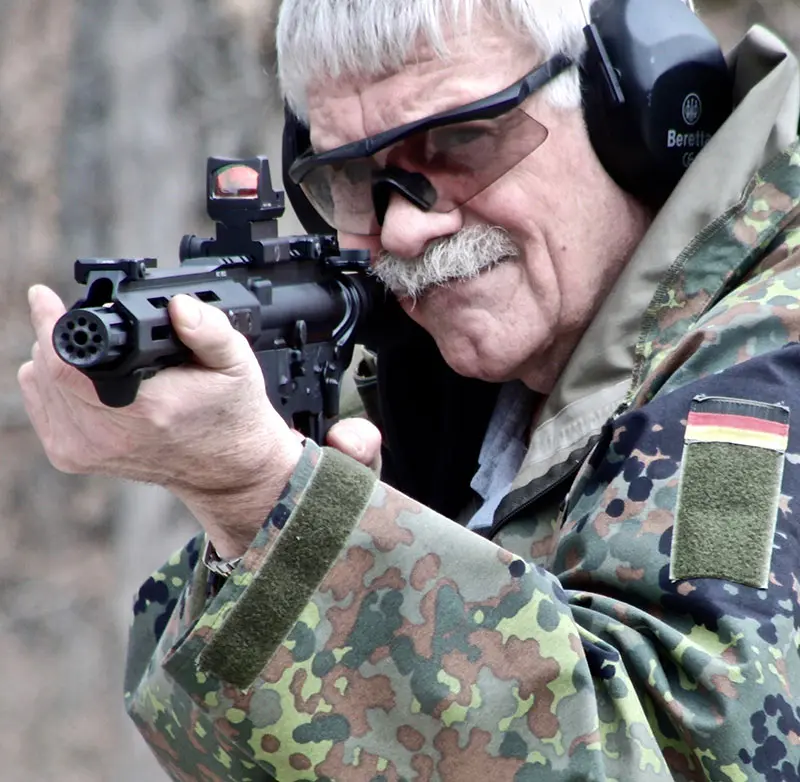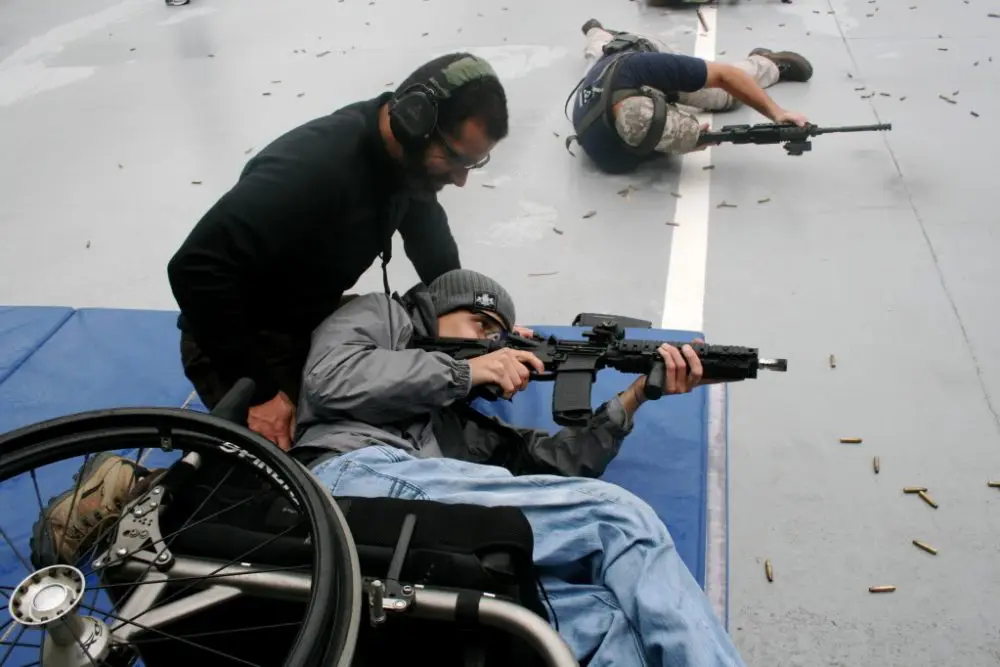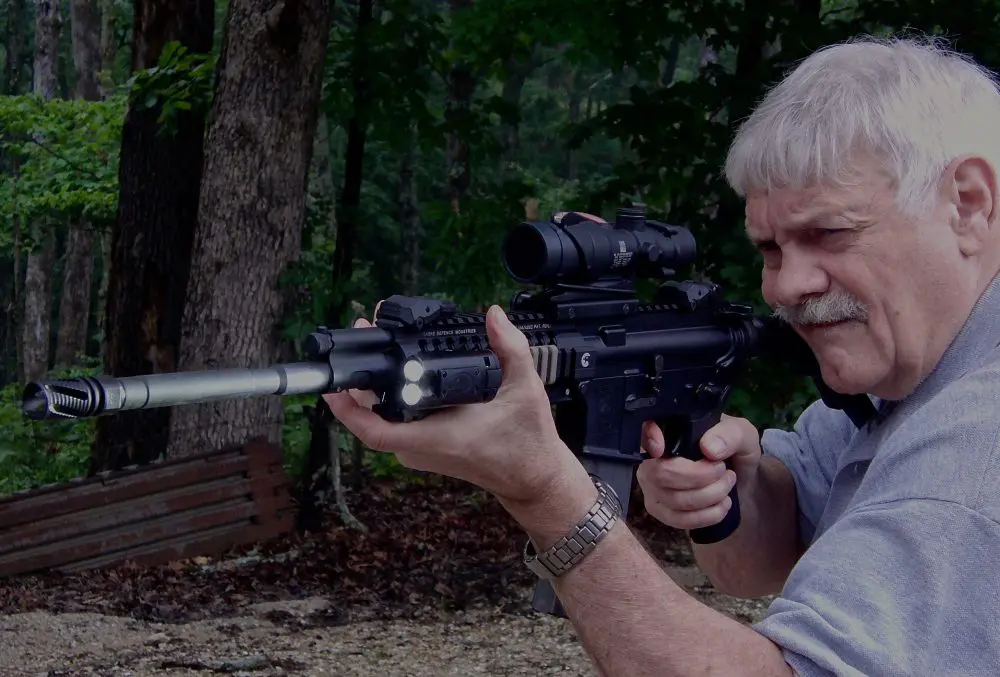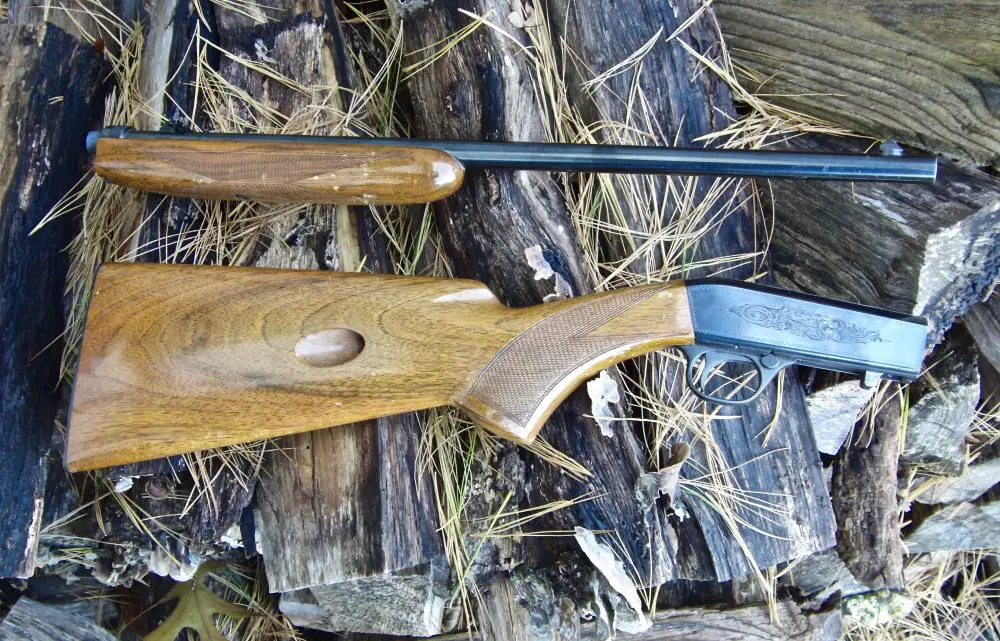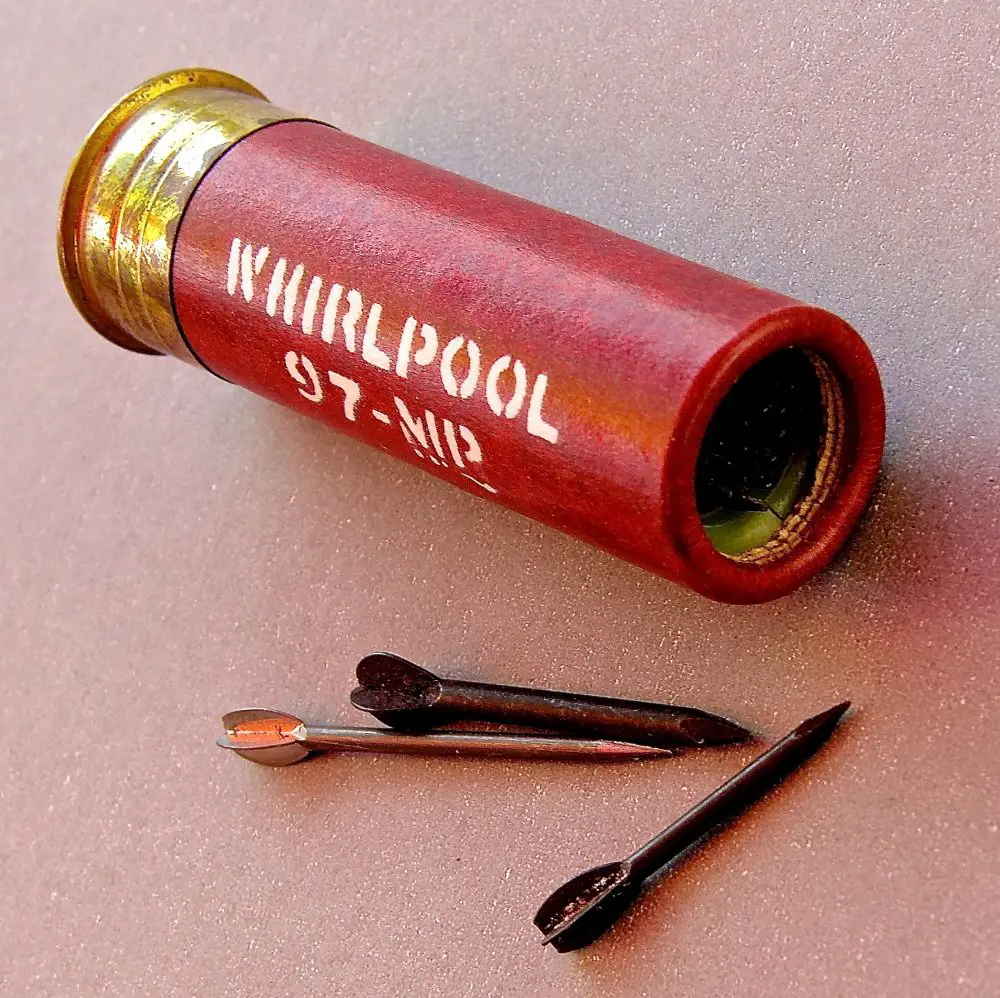I have to admit that lately I’ve been lazy about testing rifle ammunition. I bought a couple cases of Federal 62-grain M855 overrun 5.56x45mm ammo and have a few hundred rounds of Black Hills 77 grain and 62 grain, as well as a few boxes of CorBon 62-grain DPX, so when I need to test a rifle in that caliber, I just use what I have around.
Awhile back, though, I received information on HPR’s .223 Remington BlackOps ammo and decided to give it a try.
At the risk of being labeled shallow and an ammo-testing dilettante, I have to admit the attractive packaging and silvery color of the BlackOps ammo appealed to me. Reviews I had read of the BlackOps handgun ammo were positive, too, so that influenced me to give the rifle load a try.
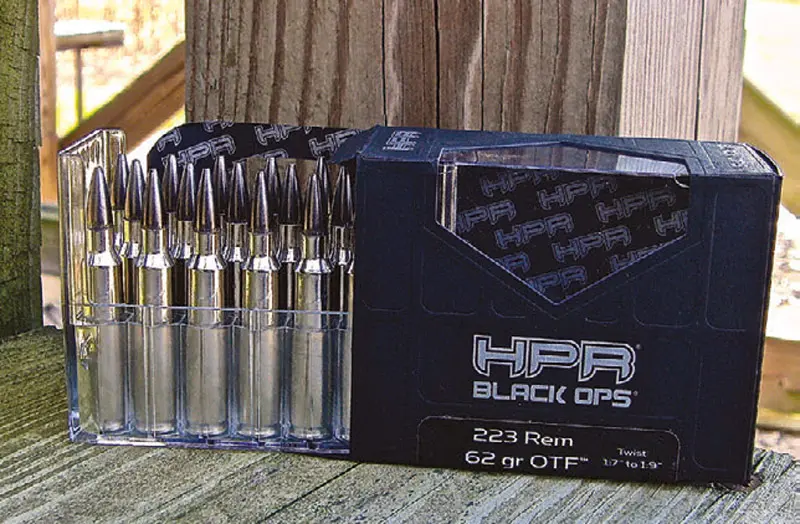
A box of 20 rounds of .223 Remington consists of a sturdy cardboard external container combined with a plastic tray that holds and protects the rounds. As I said, it’s handsome packaging but also practical. The attention to detail with the box would, I hoped, carry over to the ammo. It did.
Specs given for the ammunition show a 62-grain OTF (Open Tip Frangible) projectile with a muzzle velocity of 3,021 feet-per-second (fps). Velocity at 100 yards is given as 2,579 fps. Advertised muzzle energy is 1,257 footpounds. I did not use a chronograph with the HPR ammo. I’ll rely on the factory specs, even though they are from a 24-inch barrel—longer than most of us will normally use for this caliber.
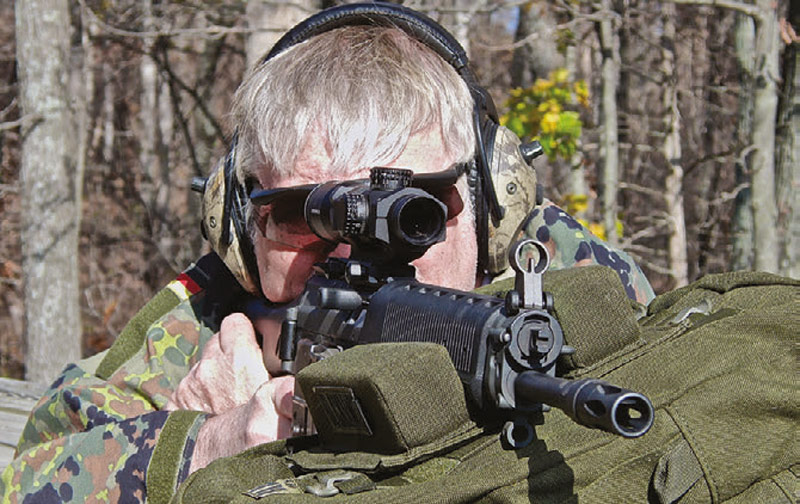
I did find the information on the OTF projectile interesting. It is reported to transfer 100% of its energy into the target, while retaining the ability to punch through soft barriers including car doors and auto glass. But when the projectile enters soft tissue, the bullet jacket and core separate, causing massive trauma. Based on the gelatin photos shown on the ammo brochure, it does create a lot of trauma. I’ll be interested to see reports of success in actual shootings. Interestingly, the BlackOps ammo is California compliant because it is lead free.
Since I am at least conditionally granting the manufacturer’s claims for bullet effectiveness, I did want to test the accuracy of the .223 BlackOps ammo extensively, as no matter how effective the bullet is, it has to hit the target. As a result, I wanted to use a rifle I knew was capable of a high degree of accuracy.
I don’t use .223 bolt-action sniping rifles, so I do not own a highly accurate bolt gun to use for ammo tests. But to be honest, I doubt many will shoot the .223 BlackOps ammo in anything other than semi-auto/select-fire tactical rifles. I was going to use my LM&T AR, which is extremely accurate, but a friend told me he was bringing his Daniel Defense M4A1 to the range, so instead I brought my SIG 551A1, which would give us two models of rifles known for being accurate.
Let me digress for a minute on 5.56x45mm (.223) self-loading rifle accuracy. In general, I find that my better self-loaders in this caliber normally shoot about 2 MOA with good ammo. I have shot 1.5 MOA with my LM&T and Black Hills 77 grain, and occasionally have gotten close to 1 MOA on a really, really good or really, really lucky day, but I consider two inches pretty good for 5.56x45mm rifles.
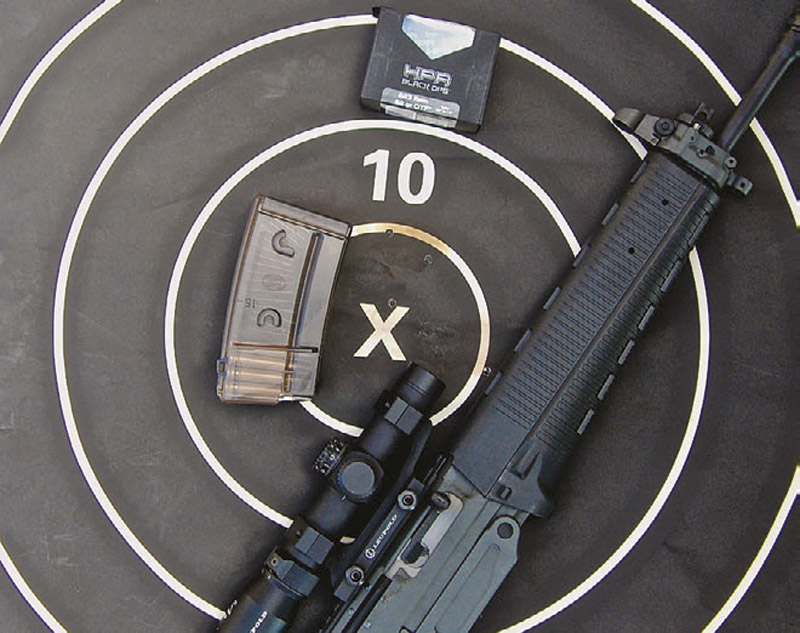
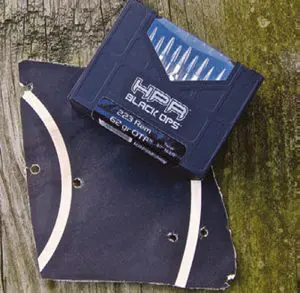
I use a Leupold Mark AR MOD 1 1.5-4X20mm scope on my 551A1, with the Firedot-G SPR illuminated reticle. My friend had a 1-4X NightForce scope on his DD. We both had good optics, so there would be no excuses from that point of view. Both scopes were already zeroed, though with other 62-grain 5.56x45mm ammo, so we expected to be reasonably close to being on target at 100 yards.
Given my previous comments about two-inch groups usually being an indication of good accuracy, the BlackOps ammo performed well. My best group at 100 yards using my SIG 551A1 was 1.87 inches, while my shooting buddy did two inches with my 551A1 and 2.25 inches with his Daniel Defense rifle. At 200 yards, I fired a couple of five-shot groups, with the best 5.25 inches. It’s harder to hold a five-shot group than a three-shot group, so I was satisfied with 5.25 inches.
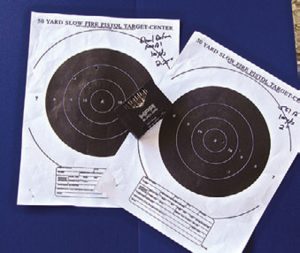
There are surely some reading this who could tighten up those groups, but since I know how well I usually shoot, they give me a basis of comparison, so I can conclude that the .223 Remington BlackOps ammunition is accurate.
I also shot on plates at 300 yards. Holding on the stadia line I know is on for 300 yards, I was getting hits about half the time. I am satisfied that the .223 BlackOps shoots well. It was also 100% reliable through the two different rifles.
This is specialized tactical ammo— not ammo for just blasting away, so it is not cheap. MSRP for a 20-round box of .223 BlackOps is $32.49, about $1.63 per round. For military or LE users, viability would be based on the mission and unit budget, as they would likely fire quite a few rounds in training.
For the individual contemplating buying it for self-defense purposes, three boxes would allow enough to zero the rifle, check reliability, and still leave enough to fill a magazine. When doing a cost/benefit analysis, bear in mind that most premium .223/5.56x45mm ammo runs right at or more than $1.00 per round these days.
I found when testing the BlackOps ammo that at 100 yards, point of impact was fairly close to the 62-grain Federal GI overrun ammo I shoot most often in my 551A1.
That offers the option of getting enough BlackOps ammo for zeroing your scope and loading your “ready” magazine, while loading your back-up magazines with other 62-grain ammo that shoots close to the same point of impact but does not cost as much.
